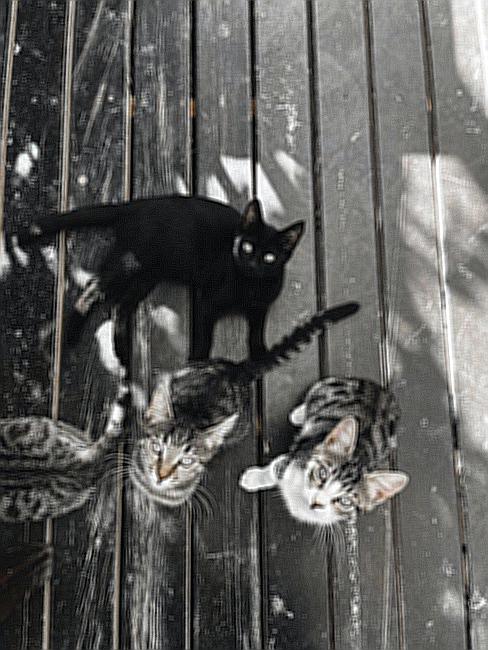Declawing a cat is a contentious exercise that can result in infection if not properly handled. There are several ways to keep your cat’s paws clean and healthy.
First and foremost, it is important to keep the declawed area clean. You should rinse the wound area twice a day with warm water and a mild soap. Before using any ointment or other topical agents, make sure to rinse the area with warm water and pat it dry. To discourage the fur around the wound area from affecting the healing process, it is also important to trim the fur around it regularly. — — — — — — — — — — — — — — — — — — — — — — — — — — — — — — — — — — — — — — — — — — — — — — — — — — — — —

Second, it is vital to keep the declawed area clear. To keep the area safe from being scratched by furniture or other surfaces, you should buy a pair of soft booties or socks. If your cat goes outside, you should also discourage them from scratching their paws on rough surfaces like gravel, brick, and dirt. If your cat is an indoor cat, you should limit their access to carpeted areas, since this will also result in scratches and irritation. .
Thirdly, you should regularly check your cat’s paws for any signs of infection. Look for redness, swelling, discharge, or other unusual changes in the area around the mouth. If you notice any of these symptoms, you should call your veterinarian for a thorough examination. To help your cat heal, your vet may prescribe antibiotics or other therapies. . b. a. c.
Fourthly, it is vital that your cat’s nails are trimmed and their paws are moisturized. Regularly trimming your cat’s nails will keep them from scratching their paws, which could result in infection. To keep the area from becoming dry and cracked, you may also use a paw-moisturizing cream. This will help to minimize bacterial growth and allow your cat’s paws to heal quickly. .

Lastly, you should provide your cat with a nutritious diet to help them recover from surgery and promote a healthy immune system. A balanced diet of high-quality proteins, fats, vitamins, and minerals will keep your cat healthy and free of parasites.
You can help keep your cat’s paws healthy after declawing by following these guidelines and avoiding infection. If you have any questions about your cat’s wellbeing, consult with your vet.

